Let me write the complete article now.Creating a bonsai garden transforms any space into a serene sanctuary where miniature trees become living art. These carefully crafted landscapes blend ancient Japanese wisdom with modern design principles, offering endless possibilities for both indoor and outdoor settings. From peaceful Zen arrangements to dynamic forest plantings, bonsai gardens invite contemplation while showcasing nature's beauty in concentrated form. Whether you're a seasoned enthusiast or curious beginner, these twenty innovative ideas will inspire you to cultivate your own tranquil retreat.
1. Japanese Zen Bonsai Garden

Embracing traditional Japanese aesthetics, a Zen bonsai garden centers on simplicity and mindful contemplation. This design incorporates carefully positioned rocks, raked gravel patterns, and strategically placed bonsai trees to create a meditative atmosphere. The arrangement follows principles of asymmetrical balance, using an odd number of elements to achieve natural harmony. Fine white gravel or sand serves as the foundation, while smooth stones represent mountains or islands in a symbolic landscape. Adding a small meditation area or traditional Japanese stone lantern enhances the Zen atmosphere. The maintenance involves regular raking of gravel patterns, which becomes a meditative practice itself. This timeless design promotes inner peace while requiring minimal plant material, making it perfect for those seeking tranquility through deliberate simplicity.
2. Indoor Terrarium Bonsai Garden
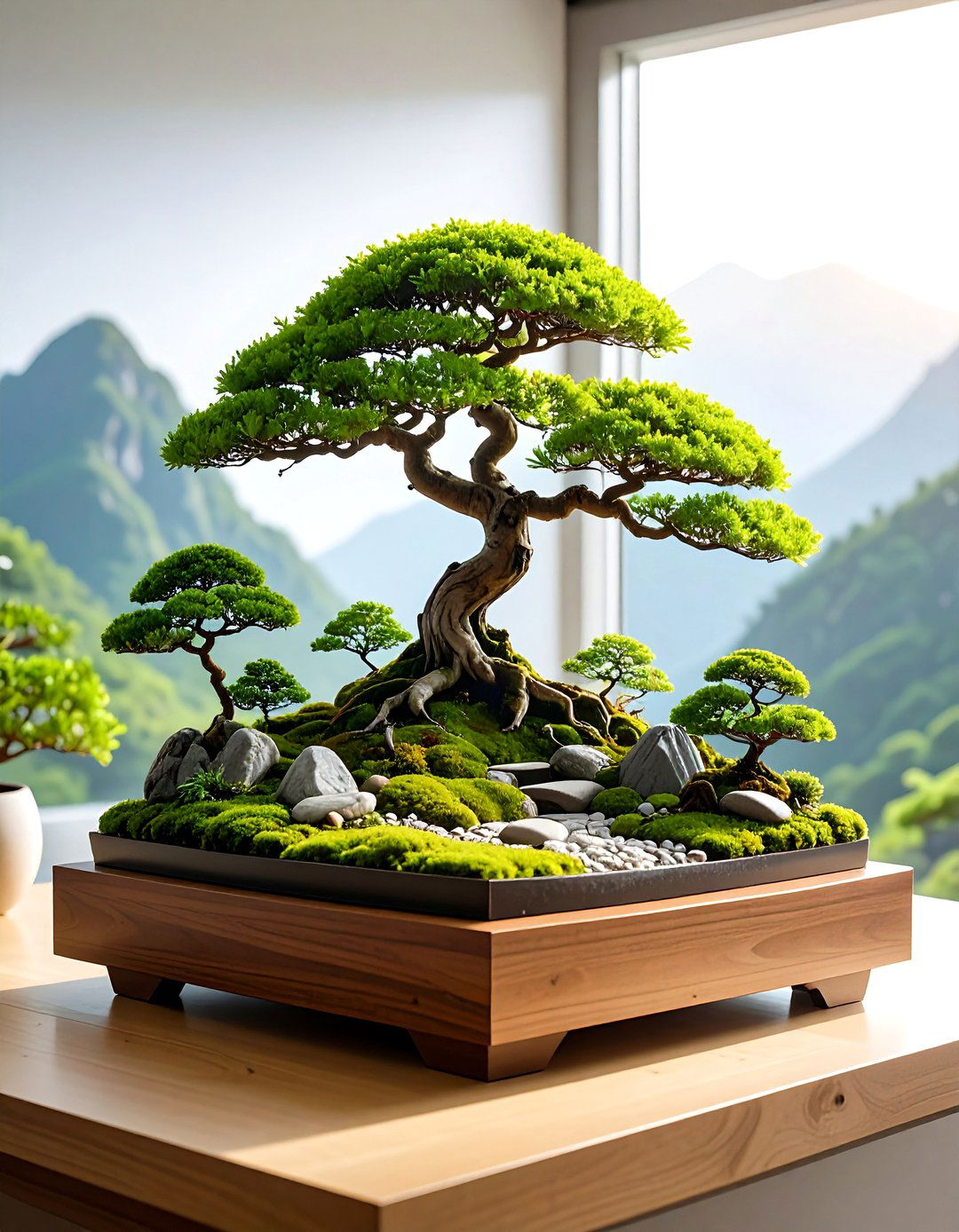
Inside the controlled environment of a bonsai terrarium, trees thrive while creating a miniature ecosystem. Glass containers provide ideal humidity levels while protecting delicate species from external elements. Choose clear glass containers with proper drainage to prevent water accumulation and root rot. Layer the bottom with activated charcoal, followed by specialized bonsai soil mixture for optimal growing conditions. Small tropical species like ficus or serissa work exceptionally well in these enclosed environments. Combining small bonsai species with moss, pebbles, and decorative elements within a glass container produces a captivating display. Regular misting maintains proper humidity while limiting direct watering prevents oversaturation. These self-contained gardens bring year-round greenery indoors, making them ideal for apartments or offices where traditional gardening space is limited.
3. Forest Planting Bonsai Garden

Creating a Bonsai forest requires an odd number of trees, usually belonging to the same botanical family. This dynamic arrangement mimics natural woodland settings by combining multiple trees of varying heights and trunk thicknesses. Planting multiple bonsai trees of varying heights and species in a single container creates the illusion of depth and natural diversity. Position the tallest, most prominent tree slightly off-center, then arrange smaller specimens around it in asymmetrical groupings. Most group plantings contain 7-15 trees, with distances between them that must be irregular. The shallow, rectangular container should complement the overall composition while providing adequate root space. This style captures the essence of walking through an ancient forest, where each tree tells part of a larger story while contributing to the collective beauty of the woodland landscape.
4. Hanging Display Bonsai Garden
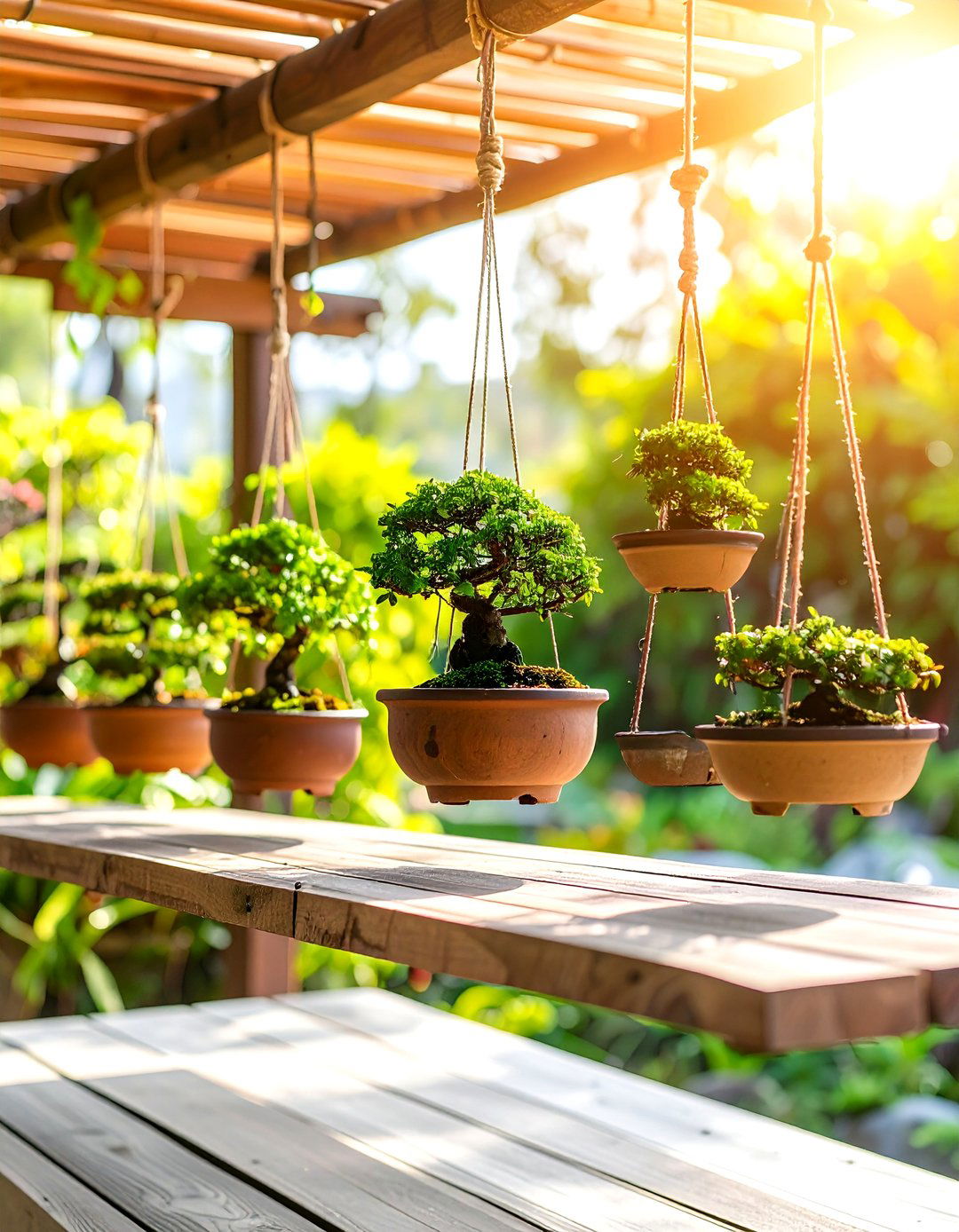
Hanging bonsai trees can add a unique and eye-catching element to your garden design by suspending bonsai trees from pergolas, arches, or tree branches. This innovative approach maximizes vertical space while creating dramatic visual interest at multiple viewing levels. Secure mounting systems ensure safety while allowing trees to receive proper light exposure and air circulation. Using sturdy hooks, hanging pots, or macramé plant holders, you can suspend small bonsai trees at varying heights for a dynamic display. Consider wind patterns when positioning hanging displays, as excessive movement can stress the trees and affect their development. Lightweight containers reduce strain on support structures while maintaining aesthetic appeal. This modern interpretation of traditional bonsai display works particularly well in small spaces, courtyards, or covered outdoor areas where ground space is premium yet vertical opportunities abound.
5. Waterfall Feature Bonsai Garden
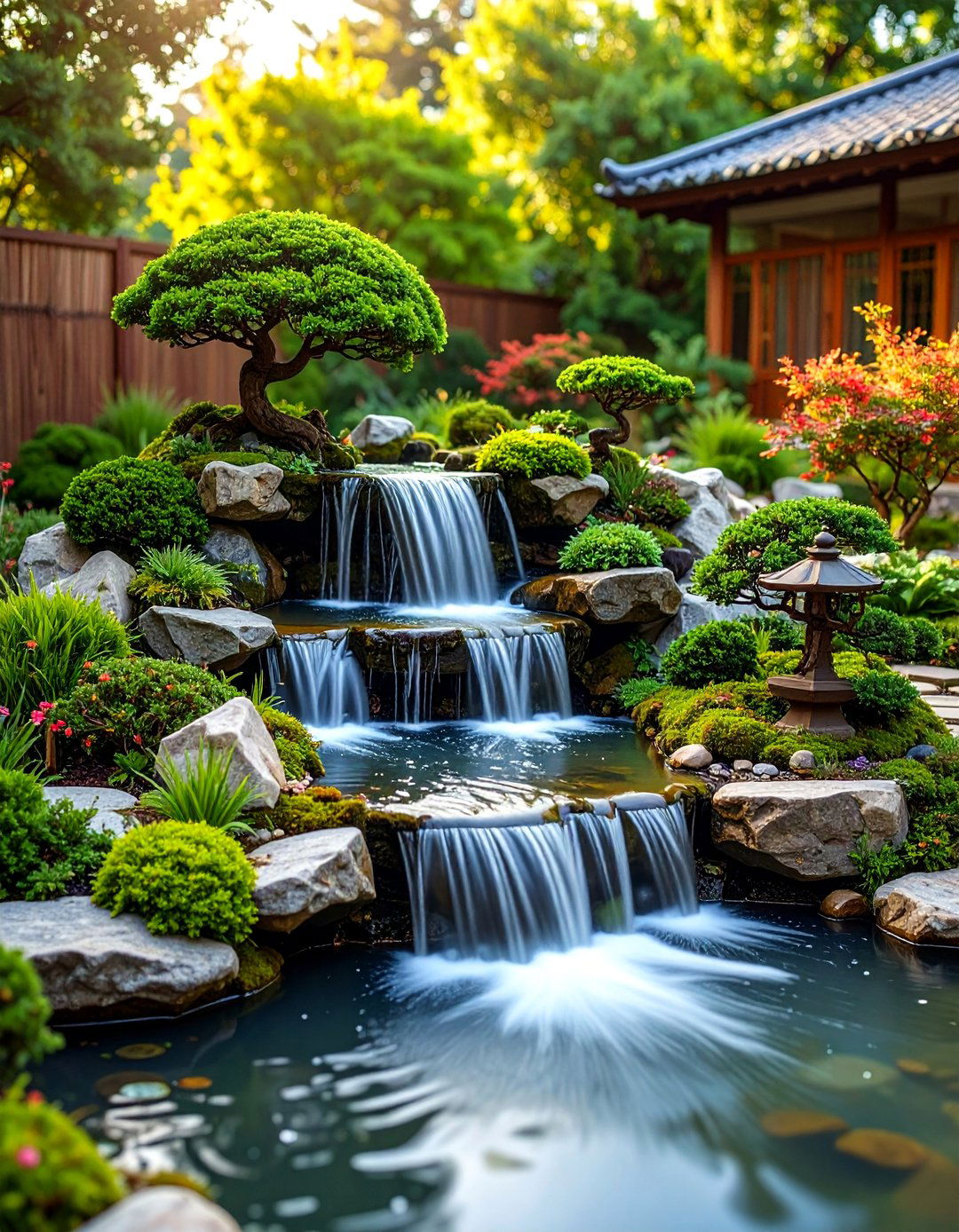
A bonsai waterfall feature combines the calming sound of flowing water with the beauty of miniature trees. Position bonsai trees around a cascading water element to create a serene focal point that mimics natural mountain landscapes. The gentle sound of flowing water creates a soothing ambiance and enhances the overall sensory experience. The moisture from the water feature benefits nearby trees by maintaining optimal humidity levels for healthy growth. Use cascading bonsai near cliffs and steep rocks, or place bonsai close to a fountain or waterfall. Pump systems can be solar-powered for energy efficiency, while recirculating water conserves this precious resource. Stone arrangements around the water feature should appear natural and weathered, complementing both the flowing water and carefully positioned bonsai trees for a harmonious composition that engages multiple senses.
6. Seasonal Theme Bonsai Garden
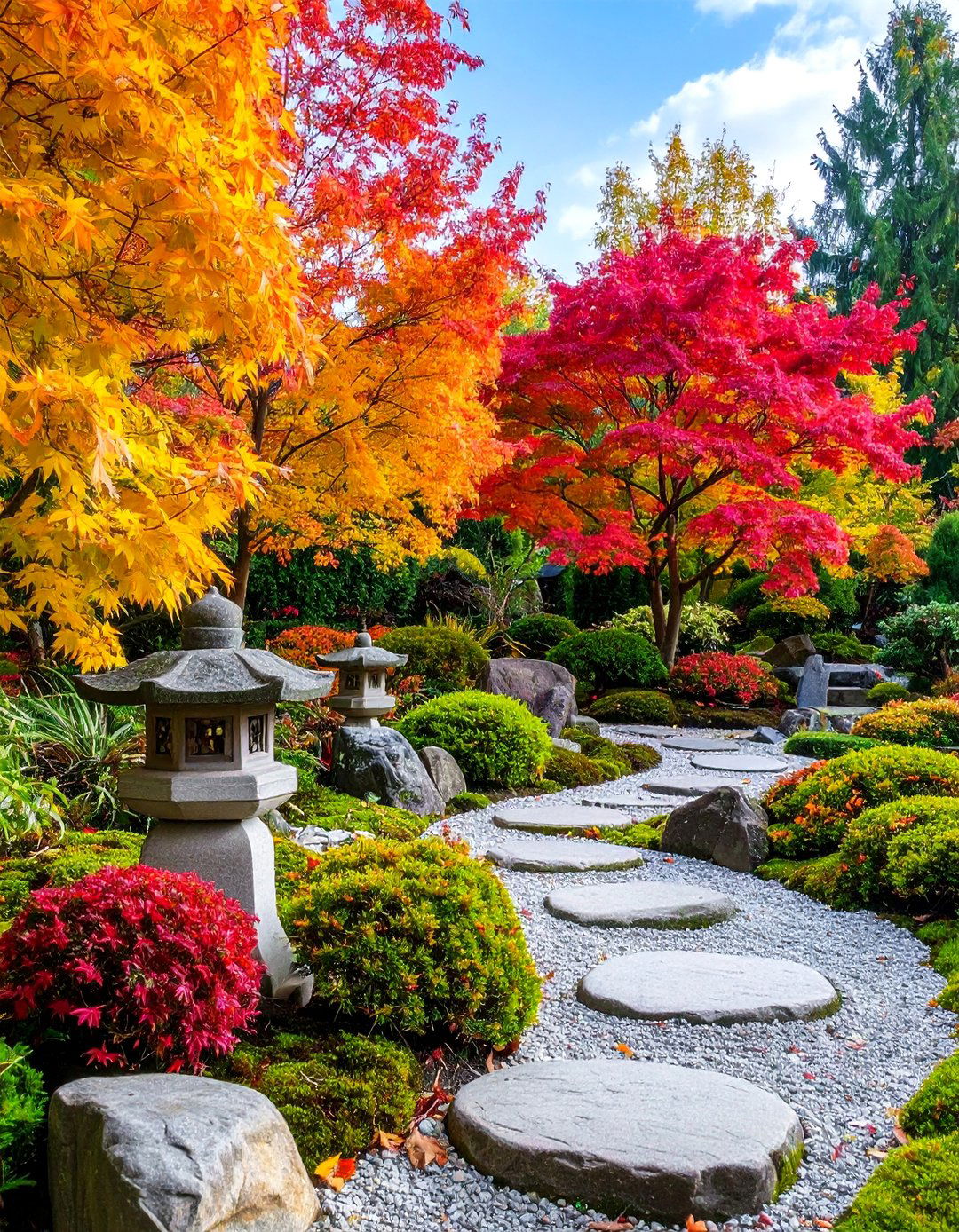
Seasonal bonsai displays offer a unique opportunity to evoke the distinct moods and sentiments associated with each time of year. Rotating displays highlight different species as they reach peak seasonal beauty, from spring cherry blossoms to autumn maple colors. Choose deciduous bonsai varieties like maple or cherry that showcase vibrant autumn leaves, spring blossoms, or bare winter branches. Deciduous and flowering trees, which change through the growing season, can be mixed with conifers that will remain green all winter. Seasonal accessories like miniature lanterns, decorative stones, or small seasonal figurines enhance the thematic elements without overwhelming the natural beauty. This dynamic approach keeps the garden engaging throughout the year while celebrating nature's cyclical rhythms. This evolving display keeps your bonsai garden dynamic and offers a fresh perspective throughout the year.
7. Stone Platform Bonsai Garden
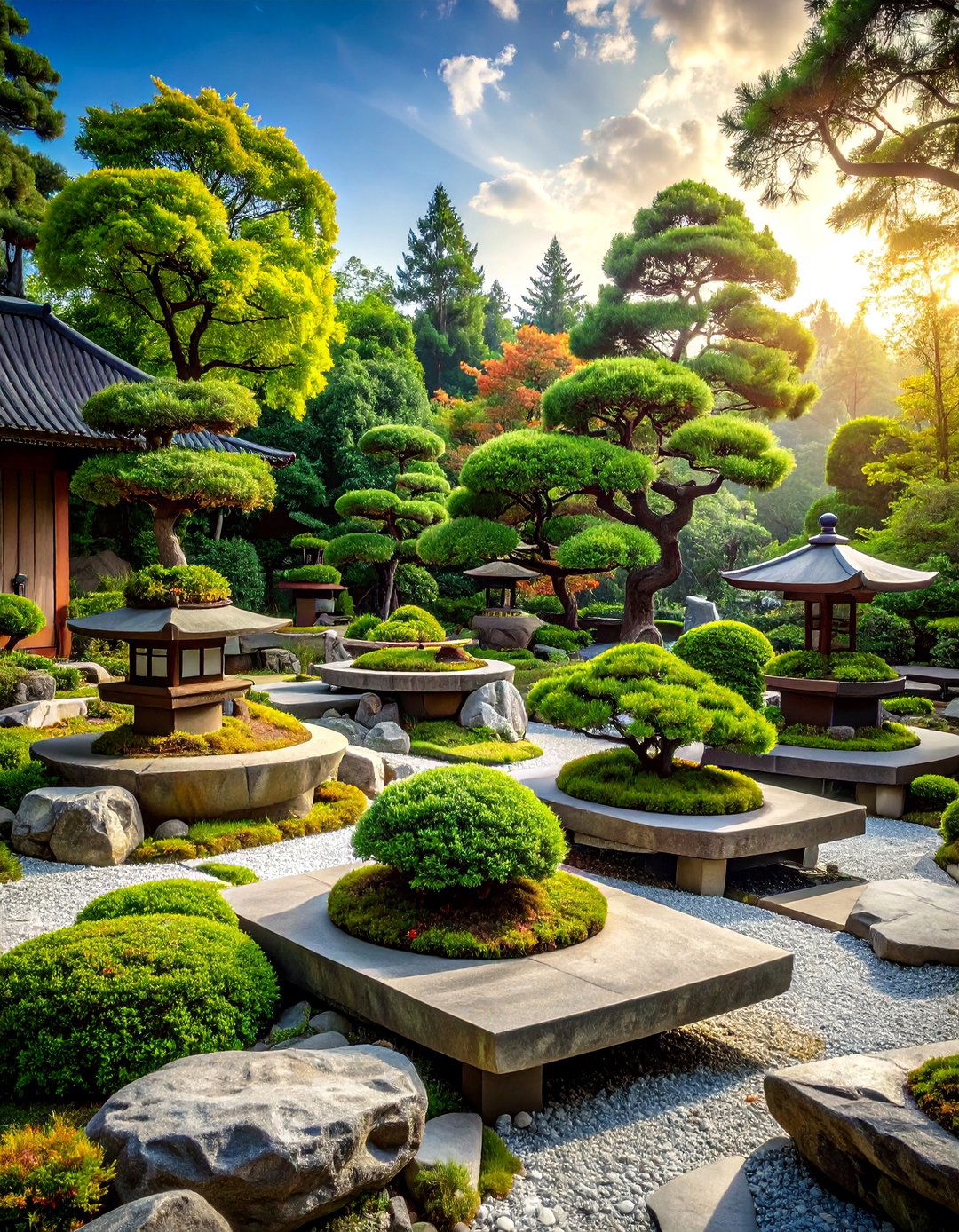
Elevating bonsai trees on stone platforms adds a sense of grandeur and stability to your garden. Natural stone textures complement the organic beauty of bonsai while creating timeless, balanced compositions. Platforms can be arranged in clusters or as standalone pieces, depending on the garden's layout. Vary stone heights and sizes to add visual depth and accommodate different tree sizes and styles. Using stones of varying heights and sizes adds depth and visual interest to the display. Flat-topped stones provide stable surfaces while irregular edges maintain natural aesthetics. Consider the color and texture of stones in relation to both the bonsai containers and surrounding landscape elements. This approach draws inspiration from traditional Japanese garden design while providing practical elevation that improves drainage and viewing angles. The stone platforms become sculptural elements themselves, enhancing the overall artistic composition.
8. Vertical Wall Bonsai Garden
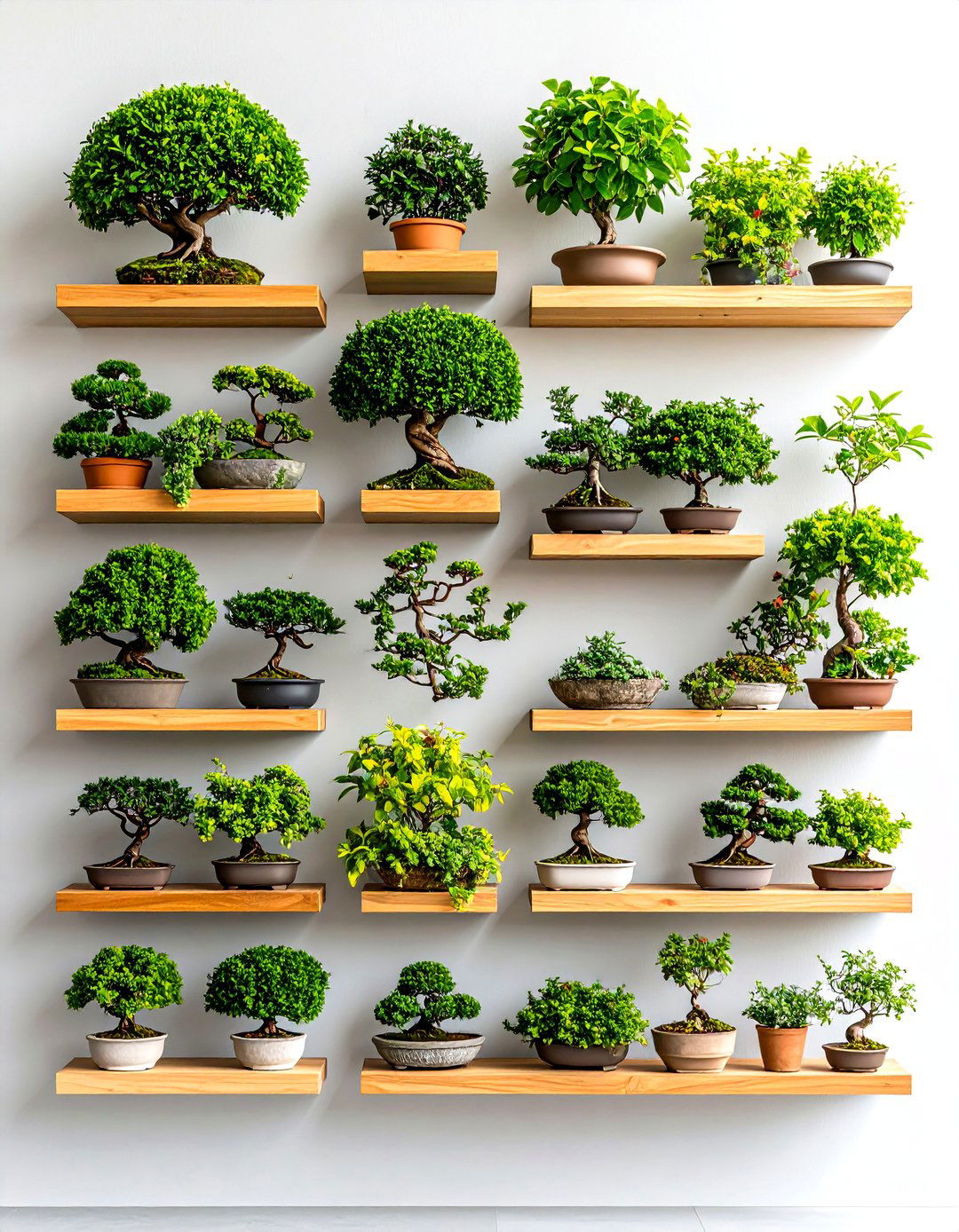
This vertical Bonsai backyard is created by a plain and natural wall to which several platforms are attached. Wall-mounted shelving systems maximize limited space while creating stunning vertical displays. Utilize wall-mounted shelves or vertical planters to maximize space. Ensure adequate weight-bearing capacity for both containers and mature trees, considering long-term growth patterns. Stagger shelf heights and depths to create visual rhythm while allowing proper light penetration to all levels. Weather-resistant materials withstand outdoor conditions while maintaining structural integrity over time. This space-efficient solution works exceptionally well in urban settings, courtyards, or small gardens where horizontal space is limited. The vertical arrangement creates a living wall effect that transforms blank surfaces into engaging garden features. Proper spacing between shelves ensures adequate air circulation and prevents overcrowding as trees mature.
9. Miniature Landscape Bonsai Garden

Saikei allows multiple species of tree to be placed in a single landscape, and allows other plant forms like flowers and grasses. This comprehensive approach creates detailed miniature environments that tell complete landscape stories. Mixed vegetation, including grasses and small flowering plants, make the saikei a more complex living image than the more ascetic-looking bonsai. Incorporate various textures through moss, small groundcover plants, and carefully selected accent plants that remain proportional to the overall composition. Kusamono features living plant material such as seedling-type trees, flowers and grasses presented as tall, mixed plantings. The container should be shallow yet wide enough to accommodate the diverse plantings while maintaining proper scale relationships. This style requires more maintenance than single-species displays but offers greater seasonal interest and visual complexity, creating truly immersive miniature worlds.
10. Rock Crevice Bonsai Garden
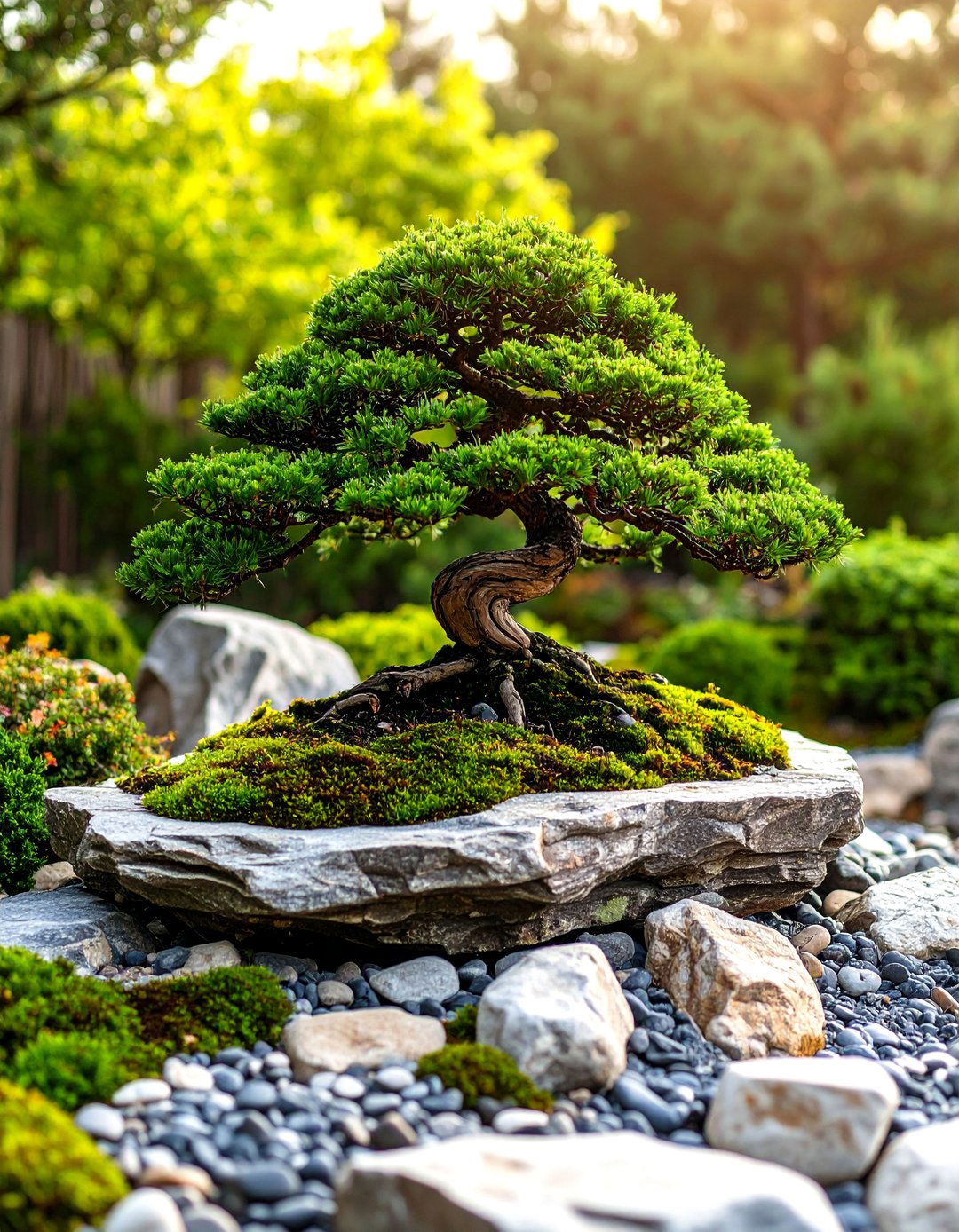
Planting bonsai in cracks of natural rocks creates an organic and artistic arrangement that mirrors their growth in wild landscapes. This challenging technique demonstrates the resilience of trees growing in harsh mountain conditions. When a seed lands in a crack in a rock and finds enough soil to survive, the plant's roots may eventually grow to spread among the thin layers of soil and moss across the rock. Select weathered rocks with natural crevices that can accommodate root systems while providing adequate growing medium. This method emphasizes the hardy and enduring qualities of bonsai trees while adding a sculptural element to your garden. Species selection is crucial, as trees must tolerate limited soil volume and potentially challenging growing conditions. It's a low-maintenance option that requires minimal soil and offers a unique way to showcase the delicate balance between strength and beauty. This dramatic presentation celebrates nature's ability to thrive in seemingly impossible circumstances.
11. Cascading Water Bonsai Garden

Water flows from multiple points, and mechanisms create movement, making it look like a Japanese garden. Multiple water sources create layered soundscapes while providing varying humidity zones for different tree species. Position cascade-style bonsai to complement the flowing water, emphasizing downward movement and natural grace. Nothing beats the sound of running water in your yard. Pump systems should be adjustable to control flow rates according to seasonal requirements and ambient noise preferences. Strategic lighting can highlight both water movement and tree silhouettes during evening hours. The sound of running water will soothe you. Natural stone channels guide water flow while creating realistic stream-bed appearances. This sophisticated design requires more technical planning but delivers exceptional sensory experiences that combine visual beauty with the therapeutic sounds of moving water, creating a truly immersive garden environment.
12. Meditation Corner Bonsai Garden
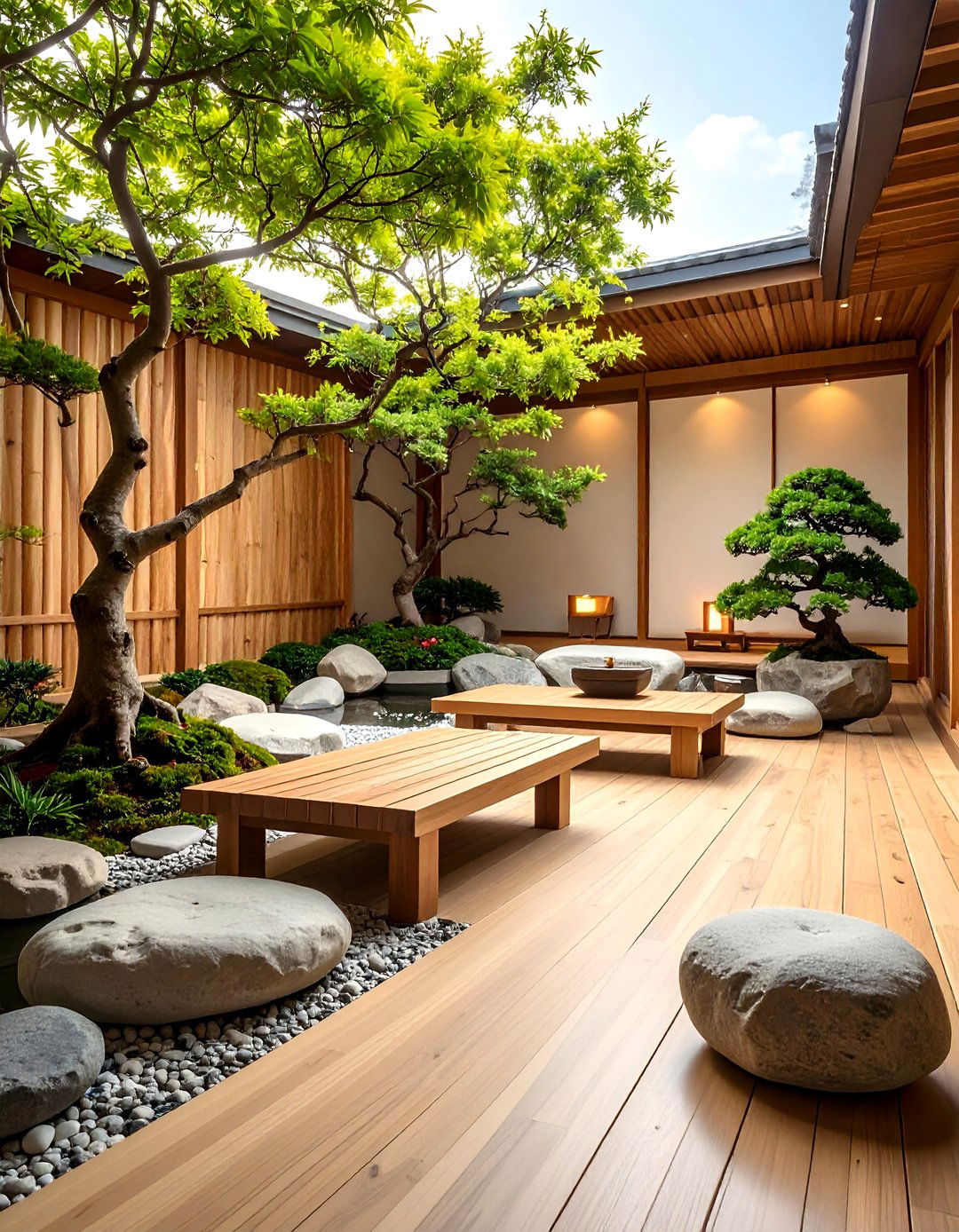
Dedicate a quiet corner of your home or garden to a bonsai garden designed for meditation. This intimate space combines carefully selected bonsai with elements that promote mindfulness and reflection. Arrange the bonsai with calming elements like bamboo, smooth stones, and a small water feature. Position comfortable seating at an appropriate distance for contemplating the trees without disrupting their growing environment. Add a comfortable cushion or bench nearby to encourage moments of mindfulness and reflection. Soft pathway lighting or traditional lanterns create ambiance for evening meditation sessions. The layout should feel enclosed yet not claustrophobic, using natural screening elements like bamboo or strategically placed larger plants. This setup combines natural beauty with serenity, creating a personal retreat for relaxation. Regular maintenance becomes part of the meditative practice, fostering deeper connections with nature through mindful care of the trees.
13. Pathway Lighting Bonsai Garden
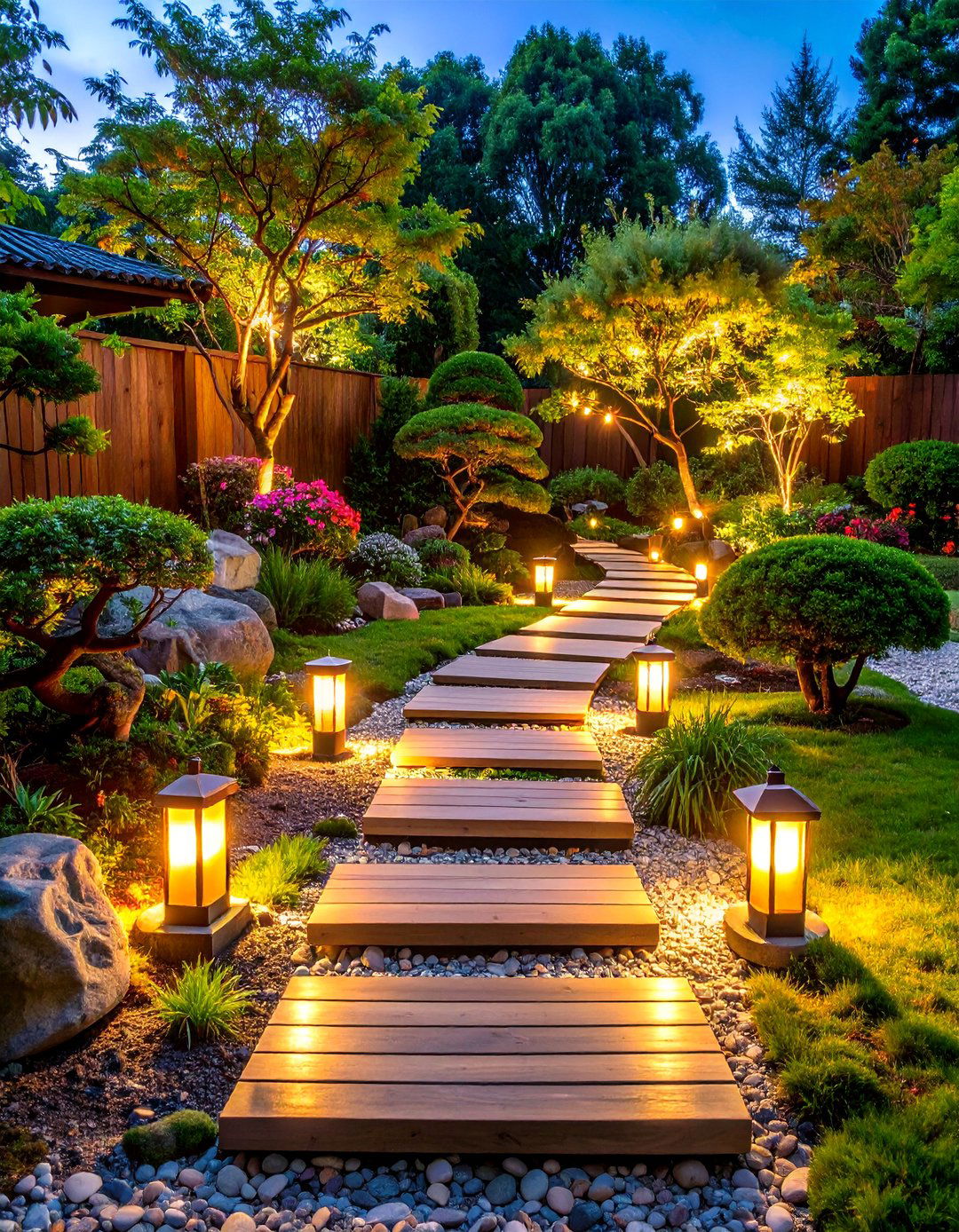
Consider adding small garden lights along the pathways to create a magical ambiance in the evening. Thoughtfully placed lighting transforms bonsai gardens into enchanting nighttime displays while providing practical navigation assistance. Strategic lighting can highlight both water movement and tree silhouettes during evening hours. LED systems offer energy efficiency and longevity while producing minimal heat that won't stress nearby trees. Low-voltage lighting ensures safety while creating dramatic uplighting effects that emphasize tree structure and form. Solar-powered options eliminate wiring requirements while automatically activating at dusk. Warm light temperatures complement natural tree colors without creating harsh shadows or artificial appearances. Focus lighting on key specimen trees and pathway intersections while maintaining darker areas for visual contrast. Use spotlights for bonsai or rocks. This thoughtful illumination extends garden enjoyment into evening hours while creating completely different aesthetic experiences after sunset.
14. Tropical Indoor Bonsai Garden
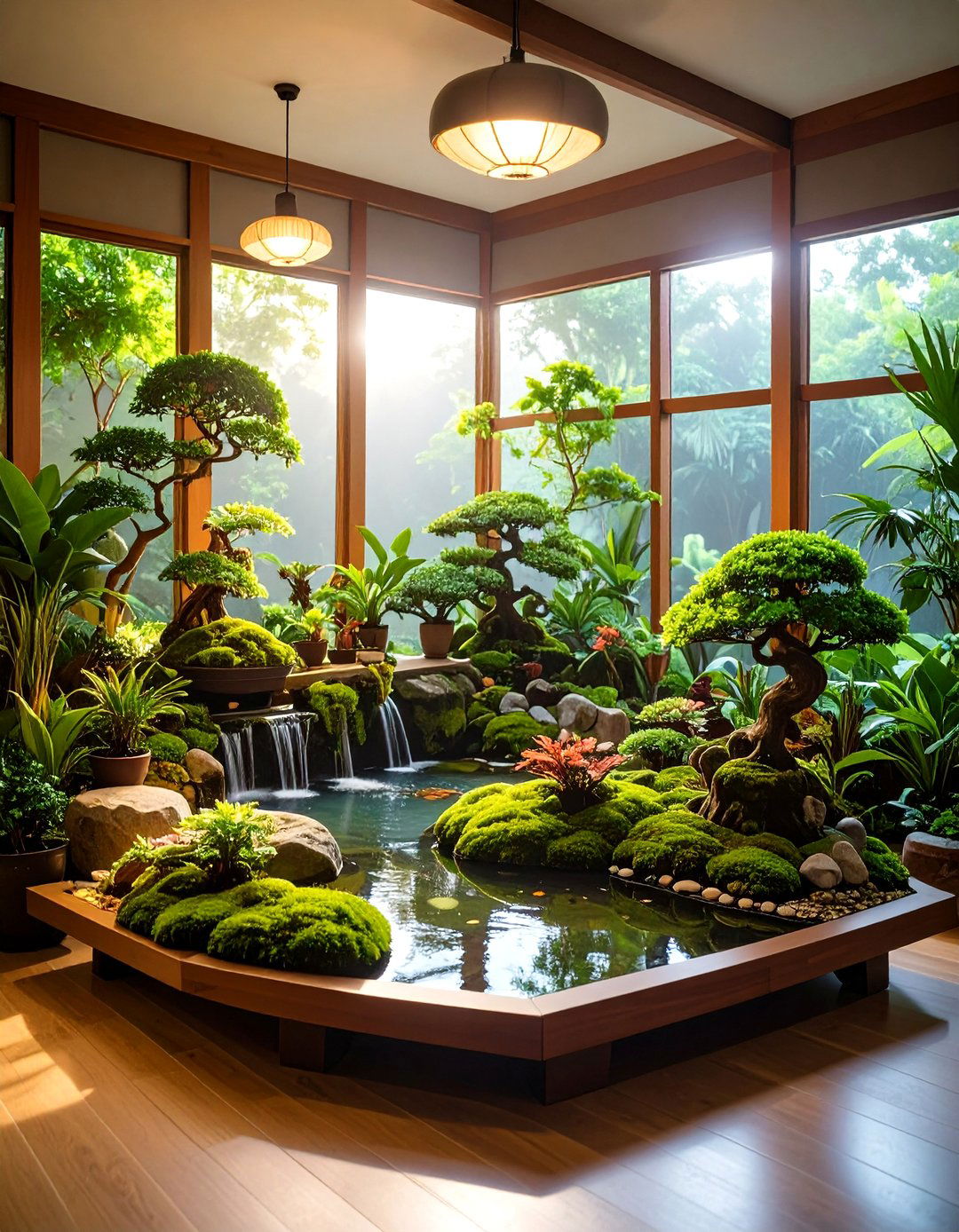
Tropical and subtropical plants need sufficient sunlight all year round. Create warm, humid environments that support species like ficus, schefflera, and jade plants throughout winter months. Use the right containers and soil, adding rocks, moss, and mini water features brings outdoor calm inside. Supplement natural light with full-spectrum grow lights during shorter winter days to maintain healthy growth patterns. Use grow lights to supplement or replace natural daylight. Humidity trays filled with water and pebbles create localized moisture zones around individual trees. Put the lights on a timer and set them for 18 hours on, 6 hours off. Air circulation prevents fungal issues while maintaining comfortable growing conditions. For the interior gardens with ample sunlight, Japanese Black Pine was selected as the focal tree, while Jade plant was chosen for low-light conditions. This year-round growing environment allows continuous development and maintenance of tropical species in temperate climates.
15. Driftwood Accent Bonsai Garden
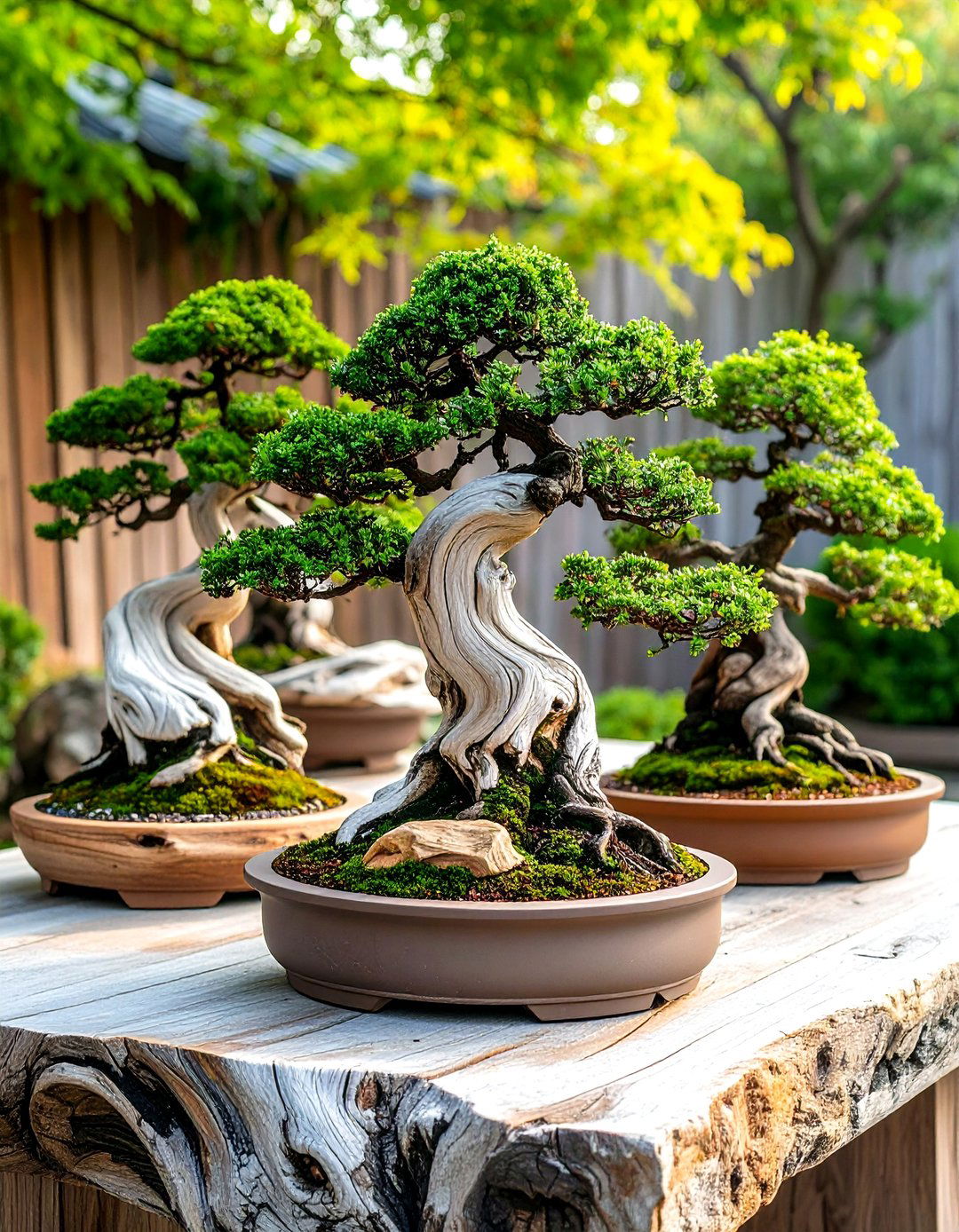
By pairing bonsai trees with driftwood, you can craft an organic and sculptural garden display. Weathered wood pieces add natural texture and age to compositions while creating interesting visual relationships between living and non-living elements. Select driftwood pieces that complement rather than compete with the bonsai trees, considering both scale and color relationships. Position driftwood to suggest natural fallen logs or exposed roots, enhancing the illusion of aged forest environments. The contrast between smooth, sculpted tree forms and rough, weathered wood creates compelling visual tension. Ensure driftwood pieces are thoroughly cleaned and treated to prevent pest introduction or chemical contamination. This artistic pairing works particularly well with rugged, naturalistic bonsai styles that emphasize age and character. The driftwood becomes a permanent sculptural element that ages gracefully alongside the living trees, creating increasingly authentic compositions over time.
16. Group Forest Bonsai Garden

The scalene outline of the foliage is created by the entire canopy of all the trees instead of the main branches and apex of a single specimen bonsai. This sophisticated arrangement requires careful planning to create convincing forest perspectives using multiple trees. The trees at the edges of the group can be placed leaning slightly outward to create perspective effects. Vary trunk thicknesses and heights to establish visual hierarchy while maintaining natural proportions throughout the grouping. If the larger trees are placed in the front and the smaller ones in the back, this will also create perspective, with the view fading away as the eye goes through the forest. Species selection should consider mature growth patterns and compatibility requirements for shared container growing. We are going to locate the other trees to elaborate our design in a forest with a linear movement. This advanced technique creates some of the most compelling bonsai displays, evoking memories of walking through natural forests.
17. Balcony Container Bonsai Garden
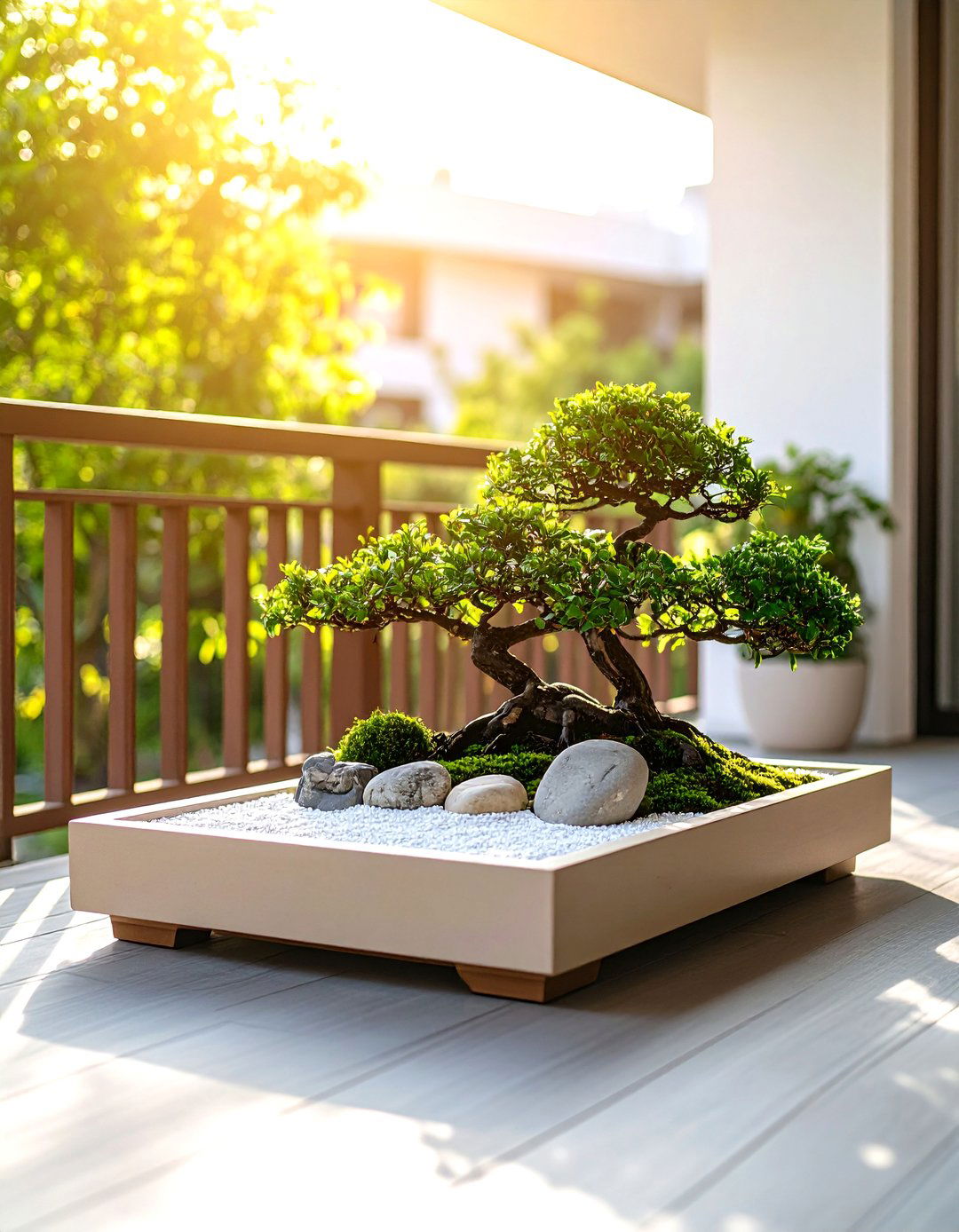
A small tabletop fountain or wall-mounted water feature can bring a sensory experience that soothes the soul. Transform limited balcony space into tranquil bonsai gardens using container arrangements and vertical growing techniques. Using a Zen garden to transform a balcony is a great idea for having peace amidst urban living. Wind protection becomes crucial at elevated locations, requiring screens or strategic placement near building walls. Use a shallow wooden or ceramic tray filled with white sand or fine gravel and place a few artfully arranged stones. Weight considerations limit container sizes while maintaining structural safety for building requirements. Drainage systems must prevent water damage to balcony surfaces and lower units. A simple arrangement with a tiny sand box, some polished stones, and a bonsai tree in a pot makes for an easy-maintenance escape. Mobile container systems allow seasonal repositioning for optimal growing conditions while maximizing limited space efficiency.
18. Traditional Display Stand Bonsai Garden
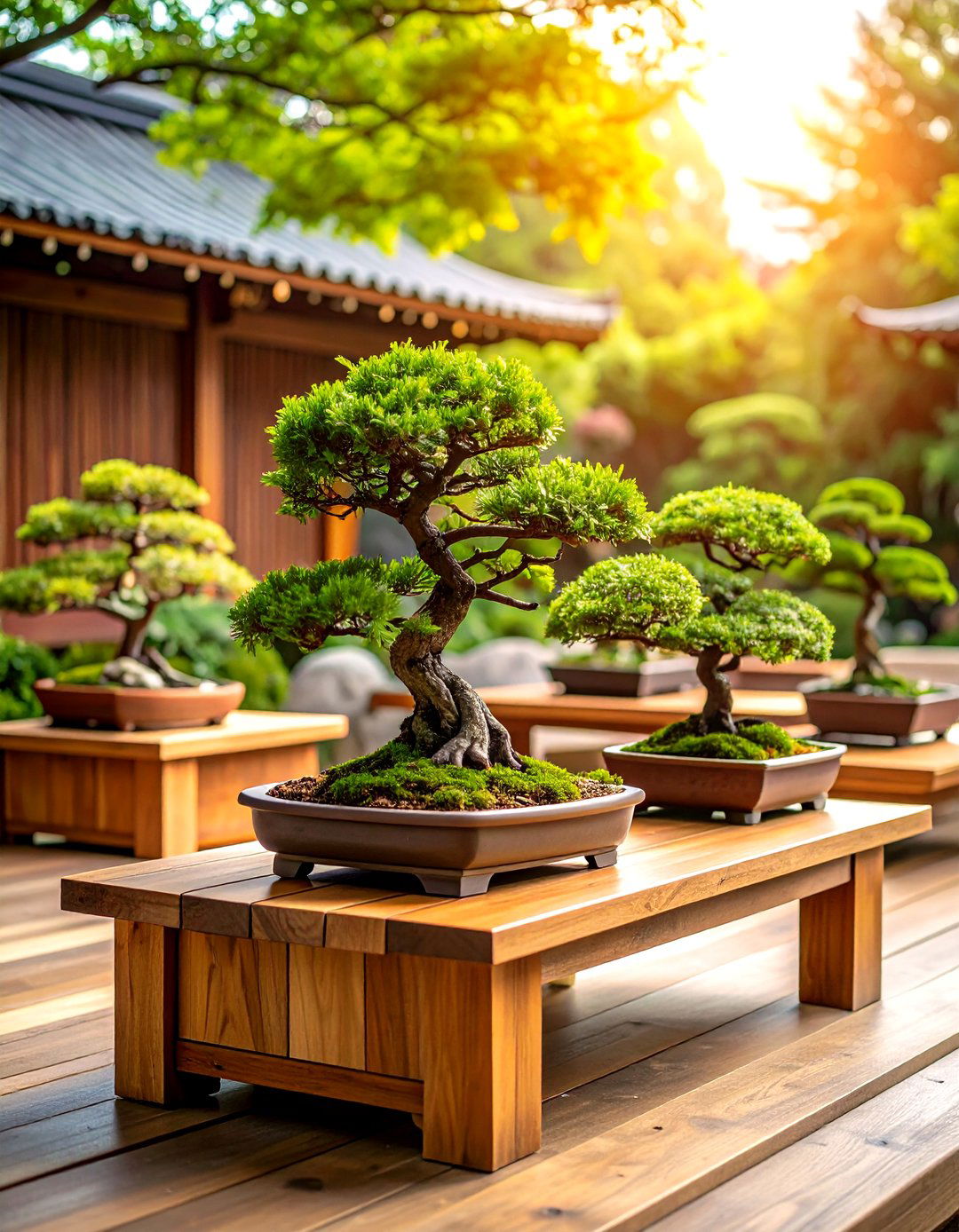
When a Bonsai artist is going to show a tree, it needs to be presented on a stand. Formal display stands elevate trees to optimal viewing heights while adding ceremonial dignity to garden presentations. We use stands to raise bonsai above standard table height so they're closer to eye level. The stand should also be stable and secure, preventing the bonsai tree from tipping over or becoming damaged. Material selection affects both aesthetics and durability, with options ranging from traditional wood to modern concrete or stone constructions. Wood is a popular material choice for bonsai display stands due to its natural appearance and versatility. Round bonsai planted in round pots are typically placed on round or square stands. Stand proportions should complement tree characteristics without overwhelming the natural beauty of the specimens. These handcrafted stands can be used throughout the home and garden, providing dignity and prominence. This traditional approach honors centuries of bonsai display conventions while creating formal garden spaces.
19. Mixed Species Bonsai Garden
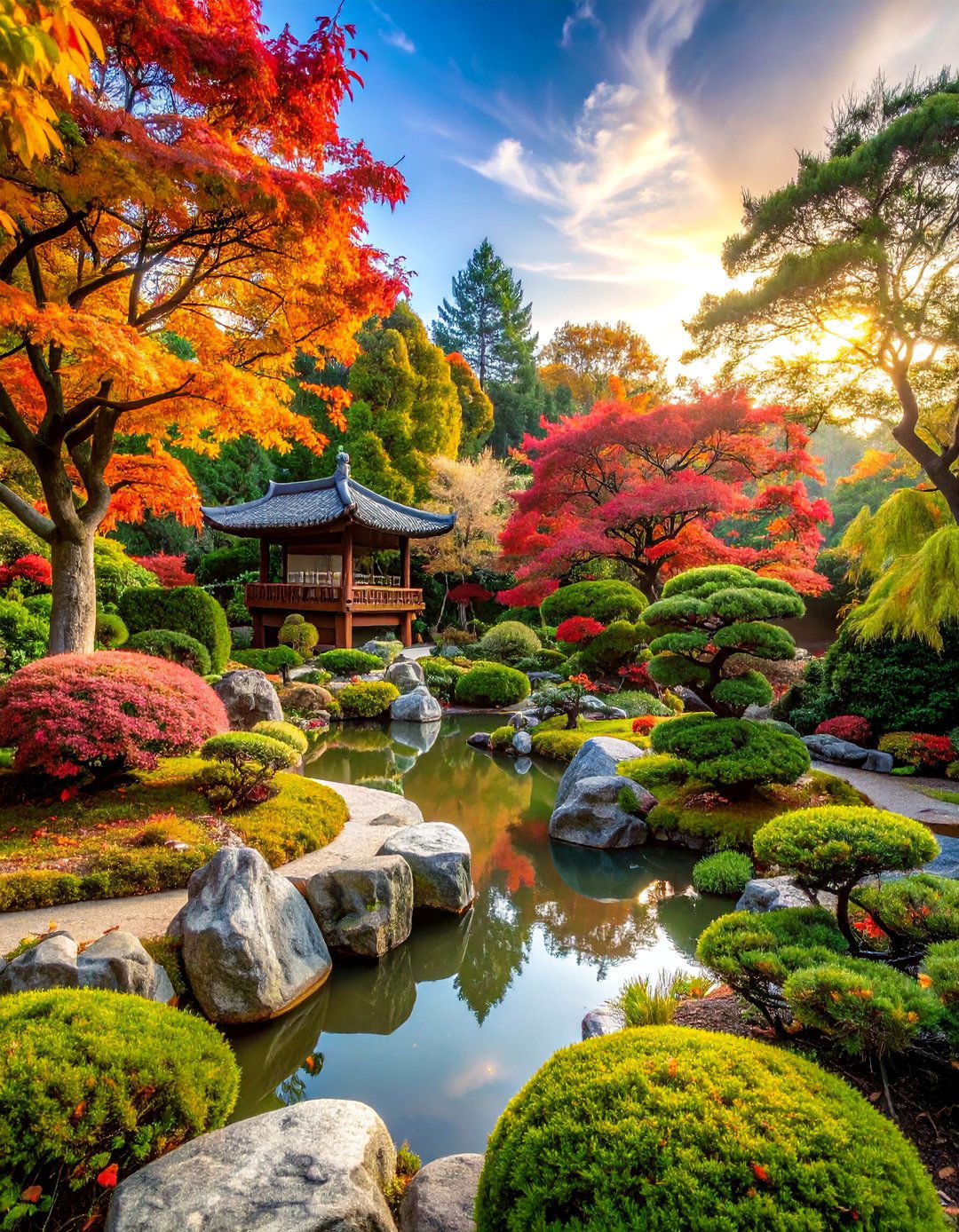
Saikei allows multiple species to be placed in a single landscape, and allows other plant forms like flowers and grasses. Combining complementary species creates diverse seasonal interest while demonstrating ecological relationships in miniature environments. Select species with similar cultural requirements but contrasting growth habits, foliage textures, and seasonal characteristics. Spring is characterized by pastel shades and vibrant coral hues, while summer brings bright flowers and heat-tolerant plants. Evergreen backbone plants provide year-round structure while deciduous species contribute seasonal drama and change. Consider mature sizes and growth rates to prevent more vigorous species from overwhelming delicate companions. Spring leaves and flowers, summer fruit, autumn coloration and leaf-fall, and the contrast of bare-branched deciduous trees with snow-covered evergreens can represent the annual cycle. This complex approach requires advanced horticultural knowledge but rewards practitioners with incredibly rich, dynamic displays that evolve continuously throughout growing seasons.
20. Tiered Elevation Bonsai Garden

By stacking shelves or using tiered plant stands, this design maximizes vertical space and creates a visually stunning arrangement. Multiple elevation levels create dramatic presentations while accommodating trees with different light and space requirements. Invest in tiered display stands that allow you to showcase multiple bonsai at different heights, creating an eye-catching arrangement. Each layer allows for better light exposure and airflow, ensuring healthy growth. Structural stability becomes paramount when supporting multiple containers at various heights, requiring robust construction and proper weight distribution. The tiered layout adds depth and dimension to your garden, making it an artistic focal point. Strategic positioning places larger, more impressive specimens at prominent levels while supporting trees occupy secondary positions. This approach is particularly effective for small spaces, combining functionality with elegance in a compact design. This sophisticated arrangement technique transforms simple collections into museum-quality displays that showcase each tree's unique characteristics.
Conclusion:
These twenty bonsai garden ideas demonstrate the remarkable versatility and enduring appeal of miniature landscapes. From simple Zen arrangements to complex multi-species displays, each approach offers unique opportunities for creative expression and peaceful contemplation. Whether working with expansive outdoor spaces or intimate indoor corners, these concepts can be adapted to suit any environment and skill level. The key lies in understanding that bonsai gardens represent more than mere plant collections—they embody living artworks that evolve continuously, rewarding patient care with ever-increasing beauty and meaning.


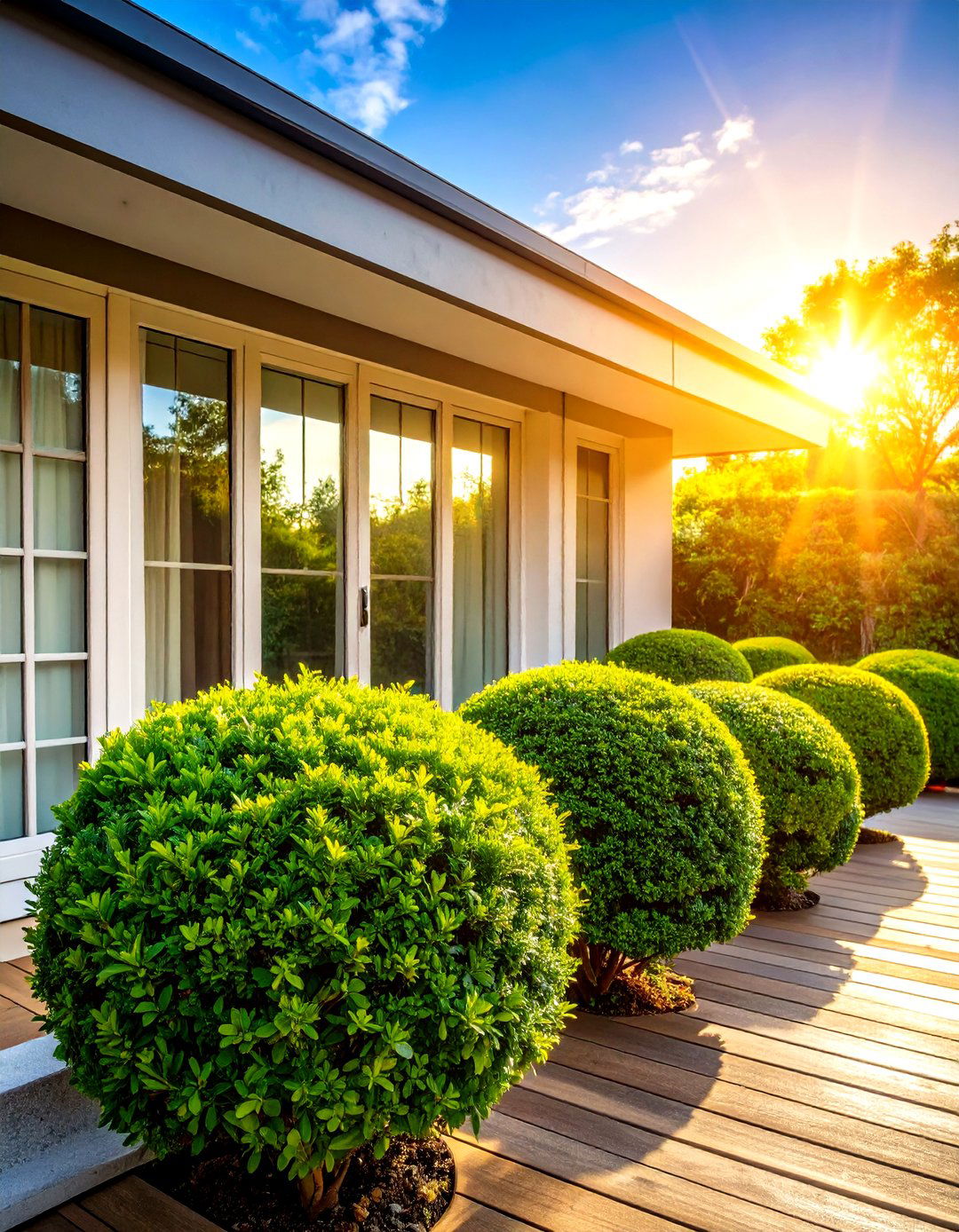

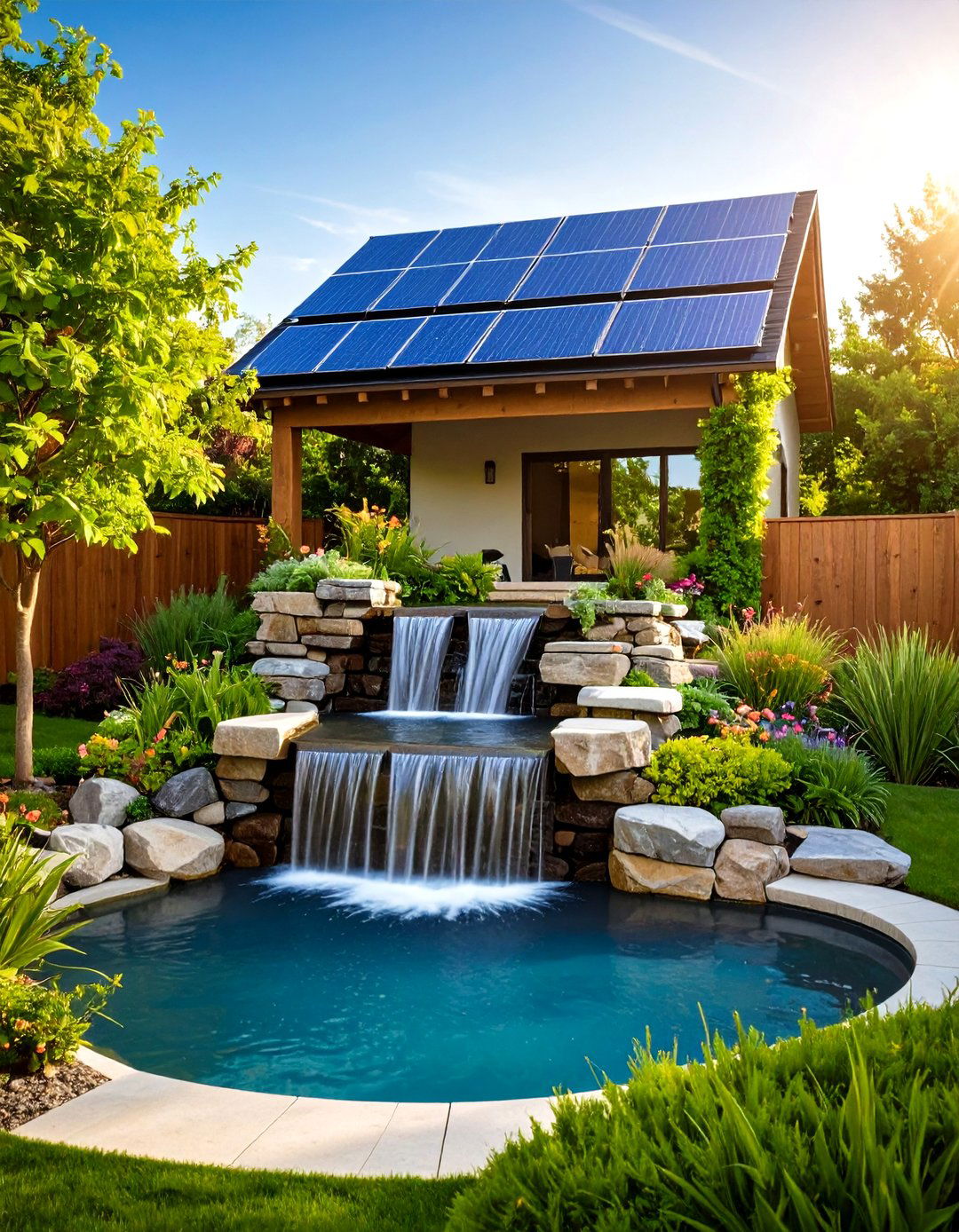

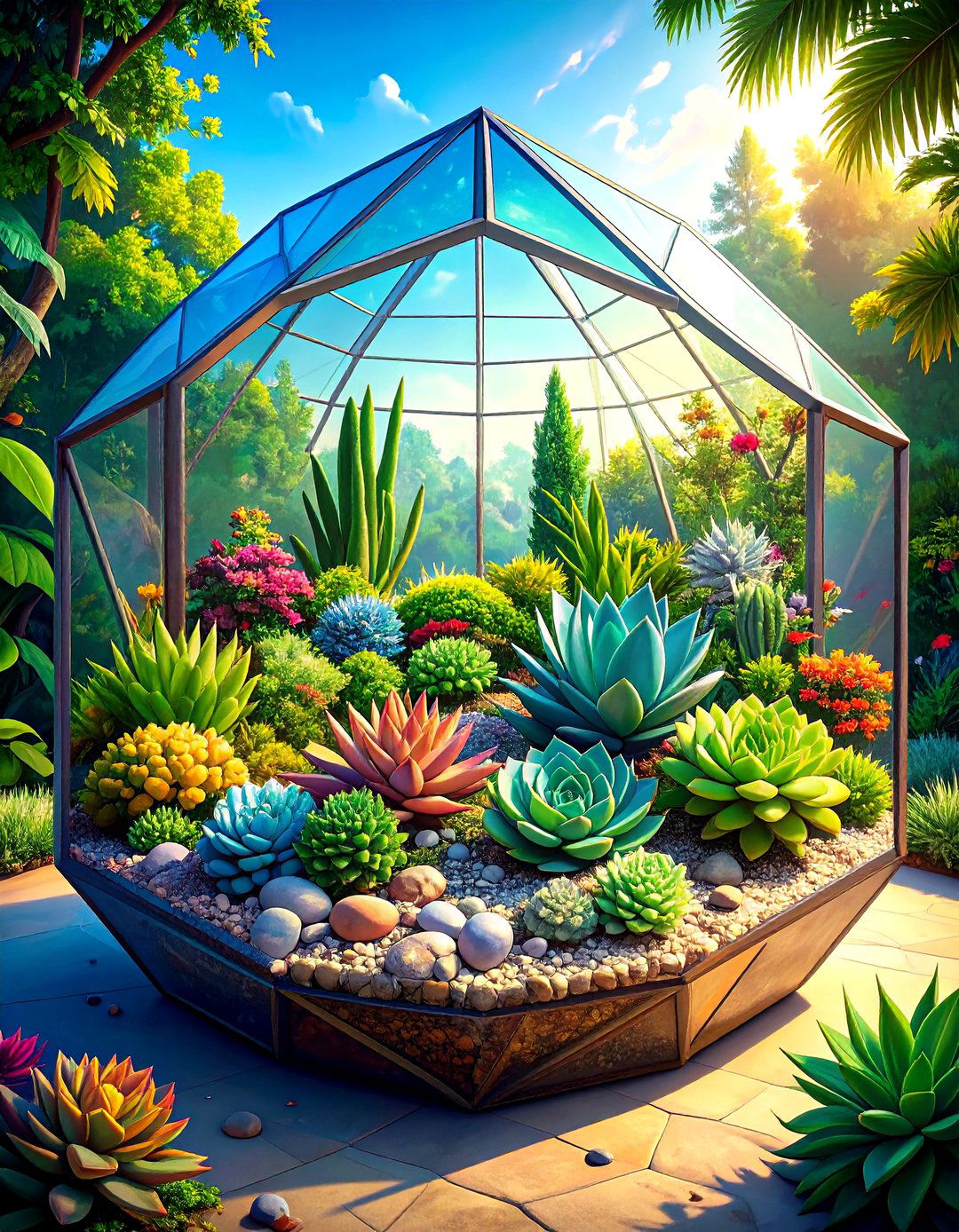
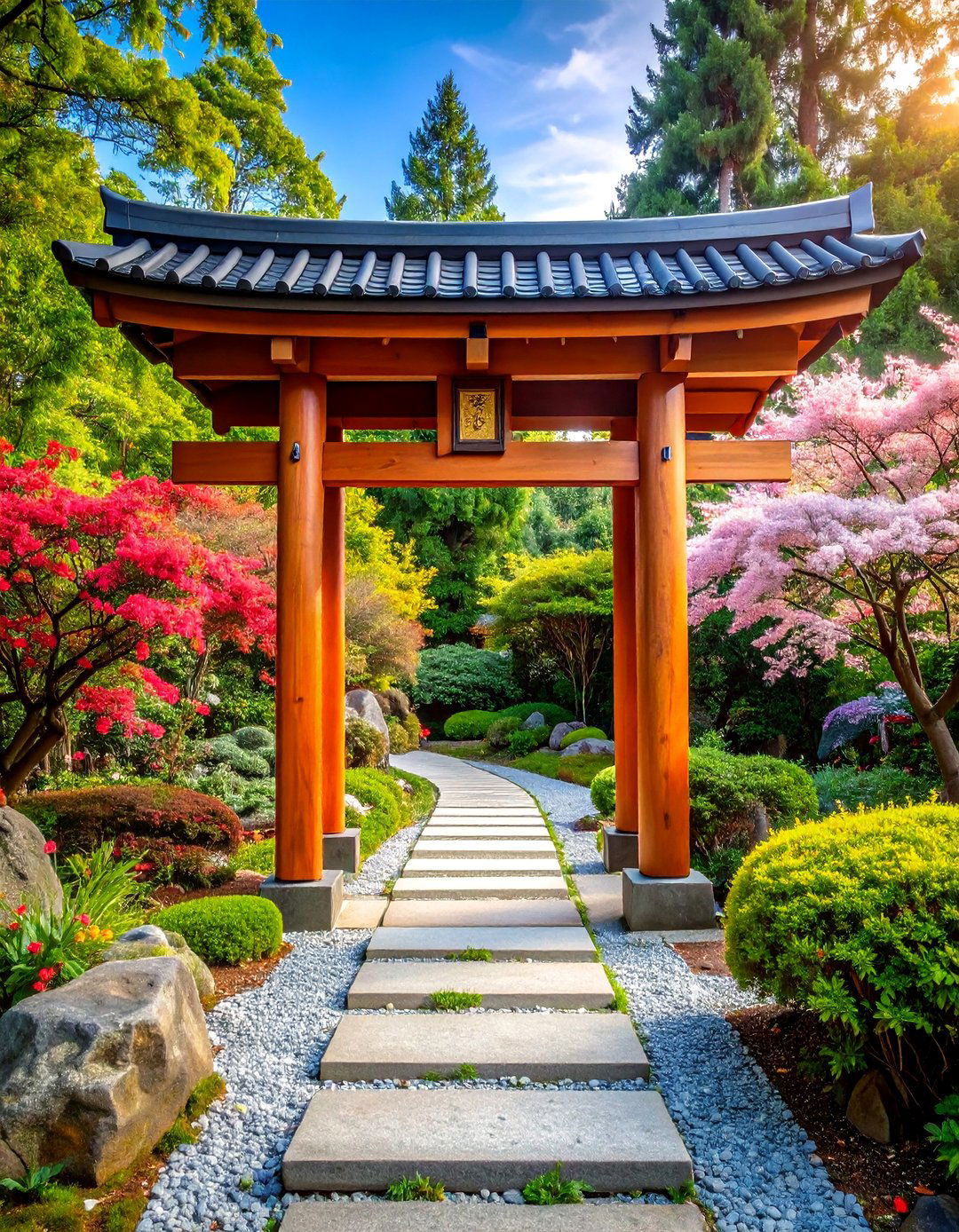
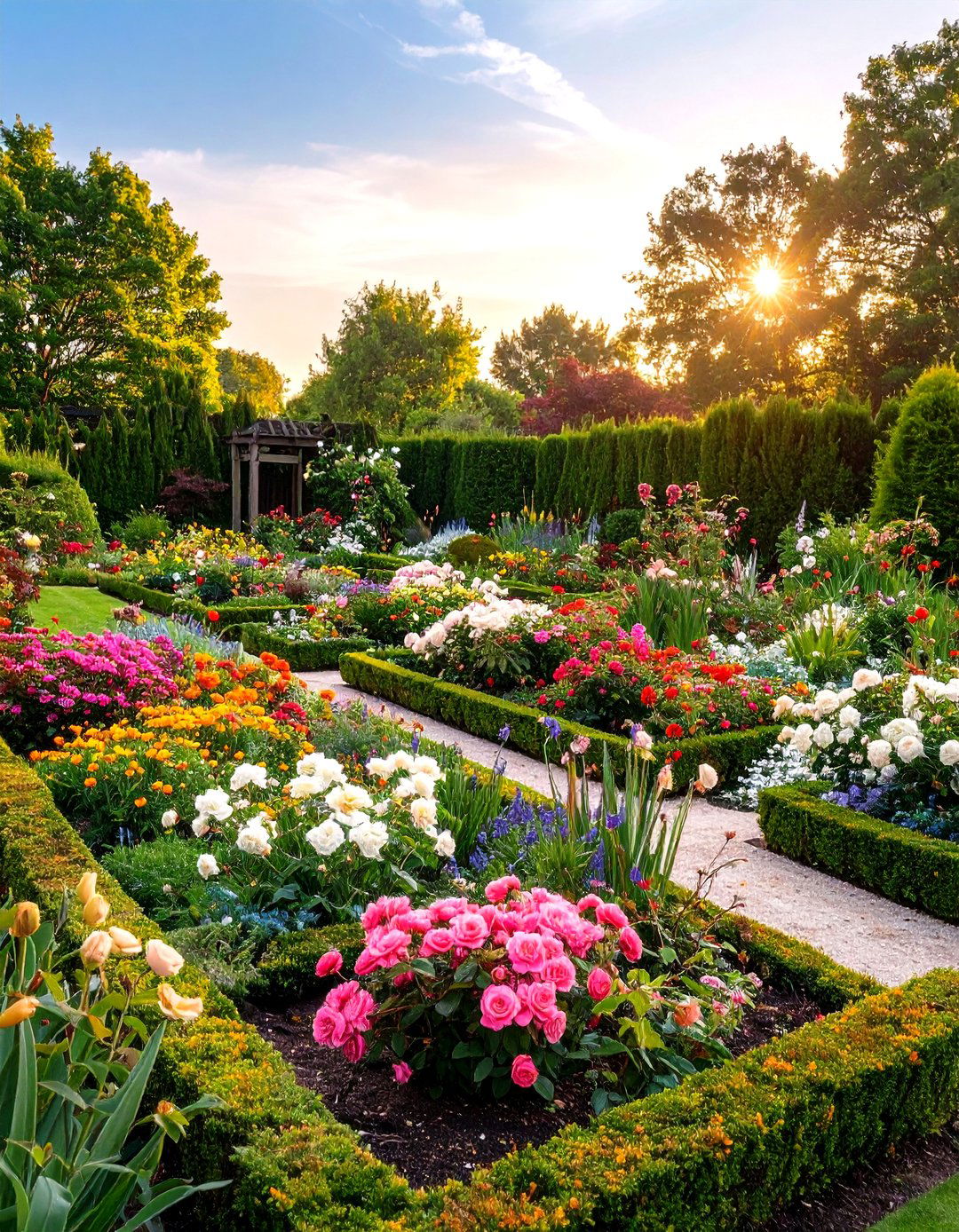
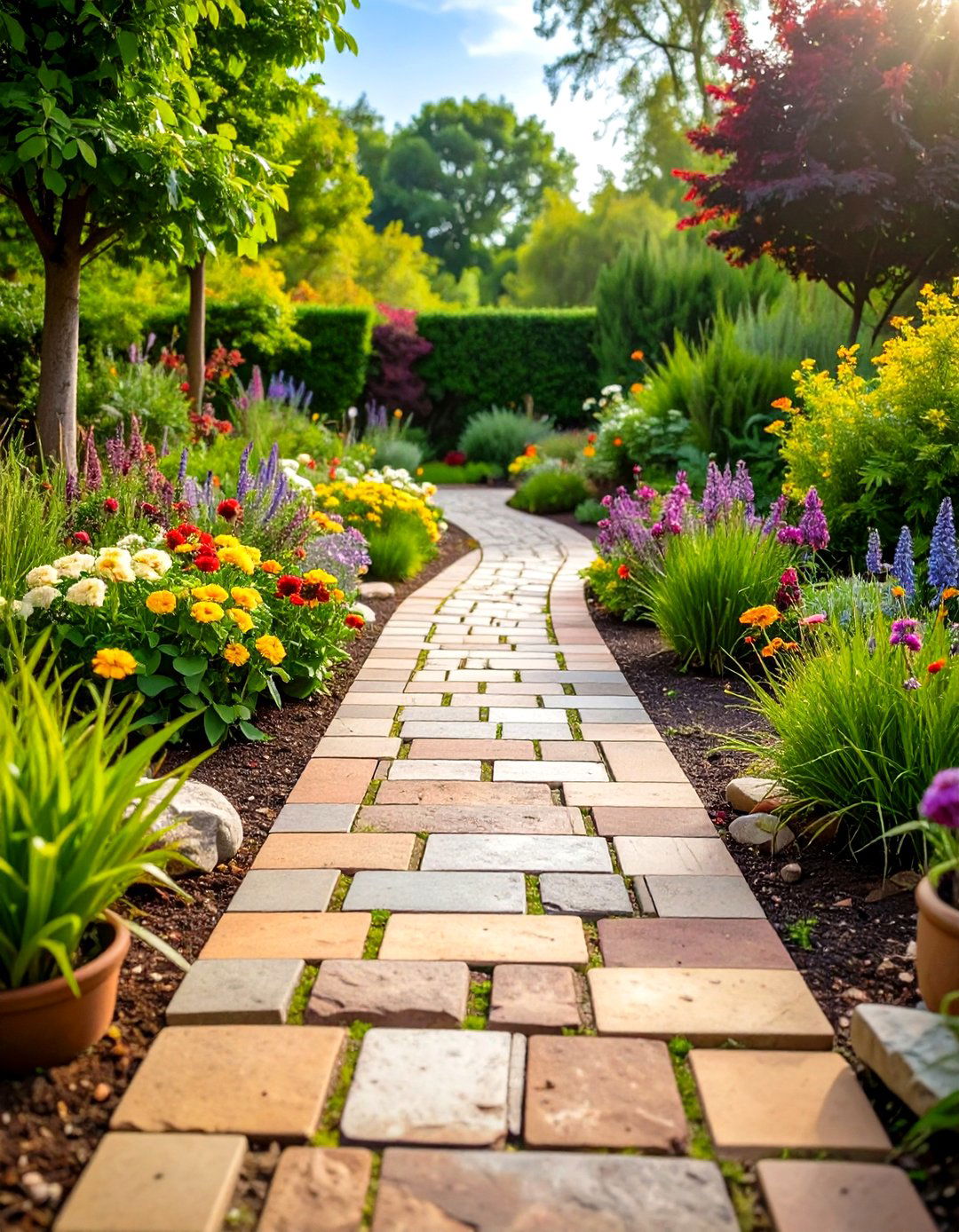
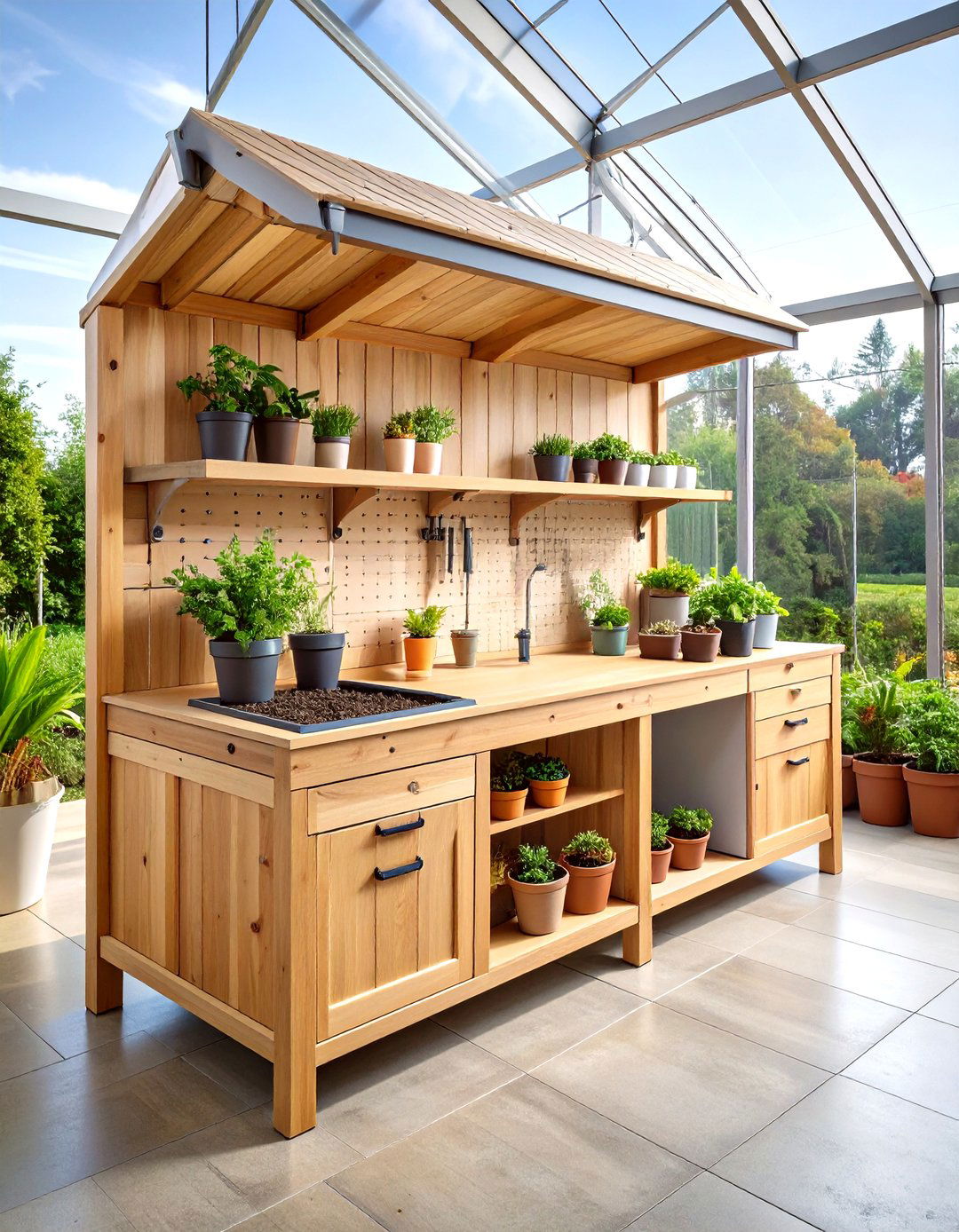


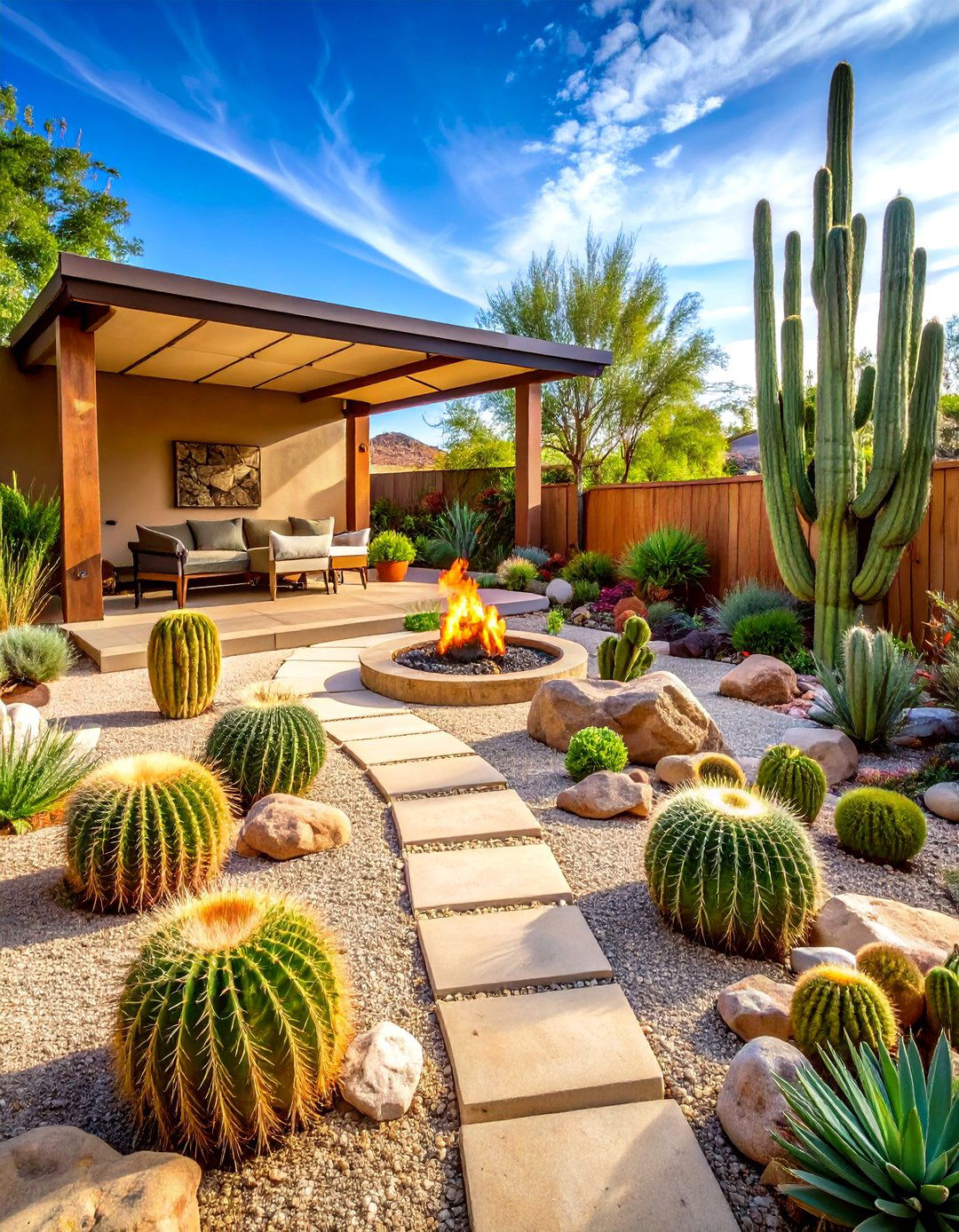
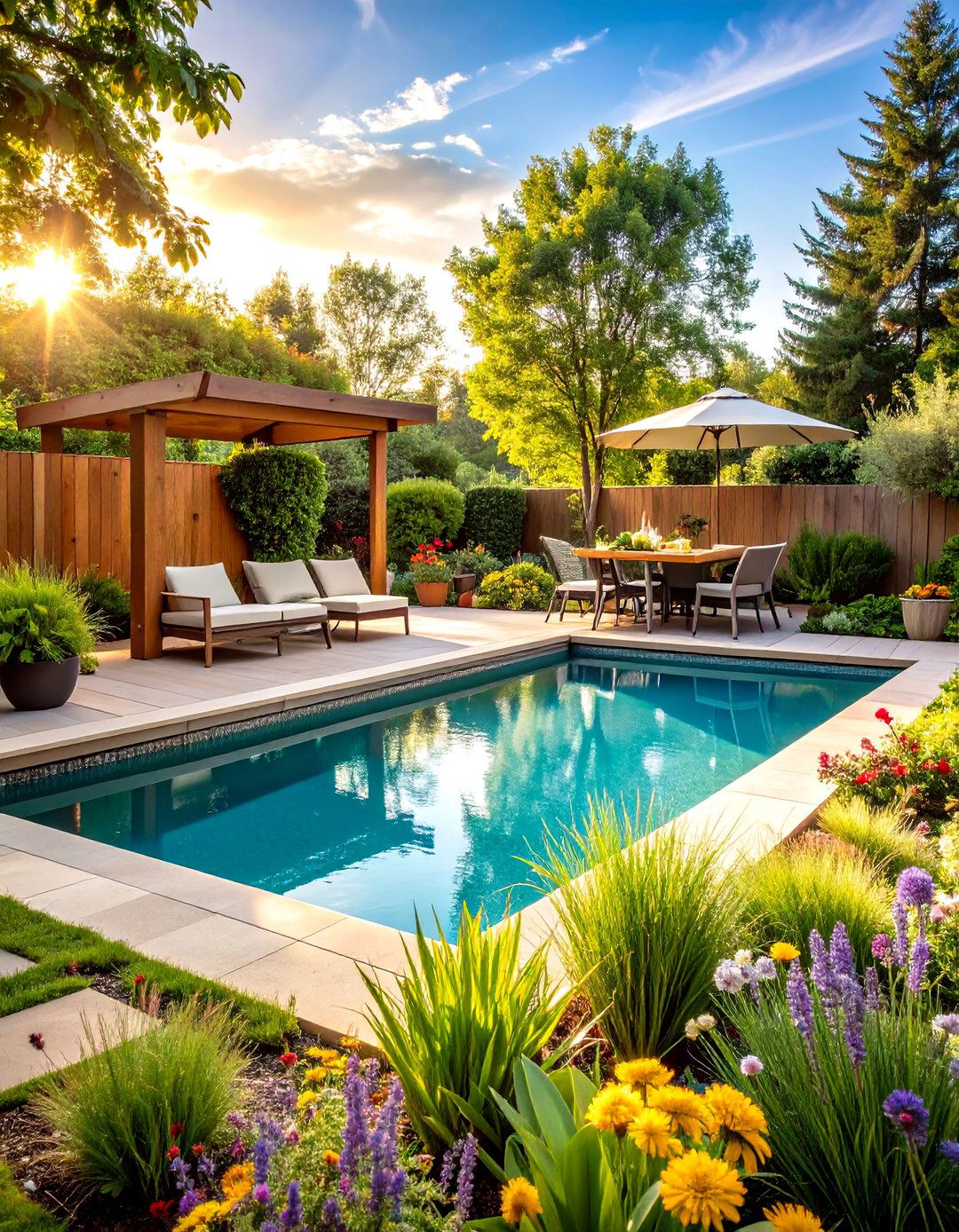

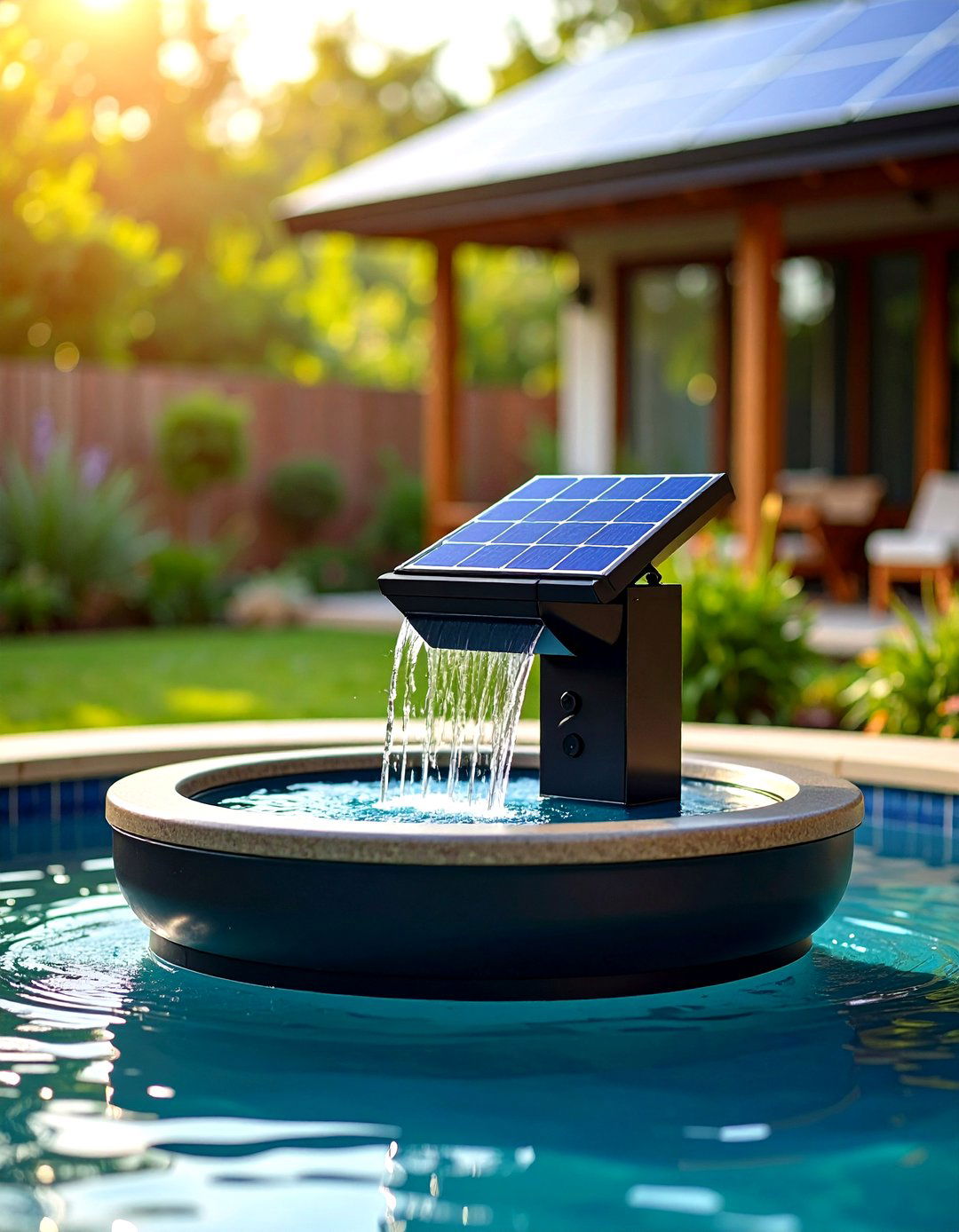
Leave a Reply